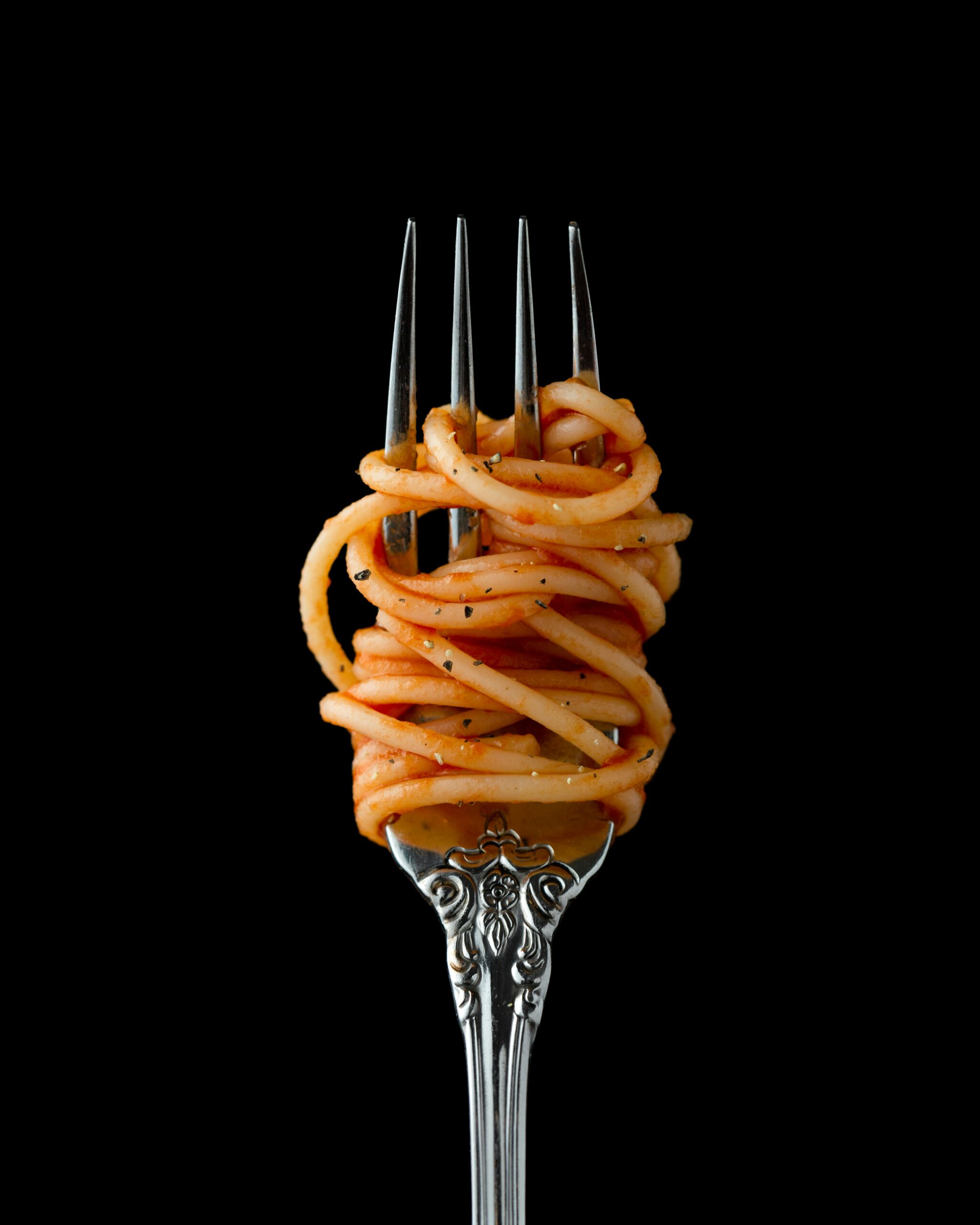Unveiling the Intriguing Journey of the Tomato: A Twist in Italian Cuisine

When we think of the essence of Italian cuisine, our minds often drift to the comforting aromas of pasta and the rich flavors of tomato sauce. Yet, behind this culinary romance lies a tale as unexpected as it is fascinating. Brace yourself for a revelation as we unravel the astonishing journey of the tomato – the unsung hero of Italian pasta sauce, whose origins trace back to an unexpected source: South America.
Thank you for reading this post, don't forget to subscribe!A Surprising Origin: Picture plump, ripe Italian tomatoes, meticulously hand-picked and lovingly cooked into sauces passed down through generations. Now, prepare to have your perception flipped on its head. Would you believe that the revered tomato, so synonymous with Italian cuisine, has its roots firmly planted in the soil of Peru? Yes, you read that correctly – South America is where our story begins.
In the mid-1500s, Spanish Conquistadors voyaged across the Atlantic, carrying with them a mysterious fruit known as “tomatl” in Spanish. This exotic newcomer captivated the palates of Europe, sparking curiosity and intrigue wherever it landed. In Tuscany, Italy, in 1548, the first recorded Italian encounter with this foreign delicacy took place. Astonishingly, the tomato was likened to an eggplant, its true potential yet to be realized. Dubbed “pomidoro” in Italian, translating to “golden apple,” the tomato remained an enigma, considered too exotic for the Italian palate for centuries to come.

The Culinary Revolution:
Fast forward over two centuries, and the Italian tomato sauce with pasta finally makes its grand entrance onto the culinary stage. Enter Francesco Leonardi, a visionary Roman chef of the late 1700s, who penned his masterpiece – an ode to Italian tomato sauce – in the pages of the cookbook “L’Apicio Moderno” in 1790.
Little did Francesco know, he had stumbled upon culinary gold. Despite this groundbreaking discovery, tomato-based Italian pasta sauces didn’t achieve widespread popularity until the 19th century – a staggering 300 years after the tomato’s European debut. Did you know? The earliest documented recipe for “spaghetti in tomato sauce” dates back to 1844, marking a pivotal moment in culinary history.
The Birth of a Legend:
Historians speculate on the catalysts behind the meteoric rise of Italian tomato sauce in the 19th and 20th centuries. The prevailing theories point to the intersection of immigration and the industrial revolution. Innovations like industrialized food canning revolutionized the preservation of perishable foods, including tomatoes, allowing them to be shipped across vast distances and stored for extended periods. Meanwhile, Italy witnessed advancements in tomato cultivation, processing, and export, making Italian tomatoes more accessible and affordable than ever before.
As waves of immigrants traversed oceans to new horizons, they carried with them the comforting flavors of home. Familiar foods, such as pasta and tomato sauce, provided solace and a tangible connection to their roots. Thus, the beloved duo found their way onto dinner tables around the world, transcending cultural boundaries and embedding themselves in the culinary fabric of diverse communities.
In Conclusion:
And so, the captivating saga of the humble tomato draws to a close. The next time you savor a sumptuous pasta sauce, crafted with care and love, take a moment to reflect on the journey of this well-traveled fruit. From its exotic origins in South America to its status as a beloved staple of Italian cuisine, the tomato’s story is a testament to resilience, adaptation, and the power of gastronomic evolution. So here’s to the tomato – a true culinary marvel that took its time to earn its rightful place in the pantheon of culinary greatness. Cheers!



